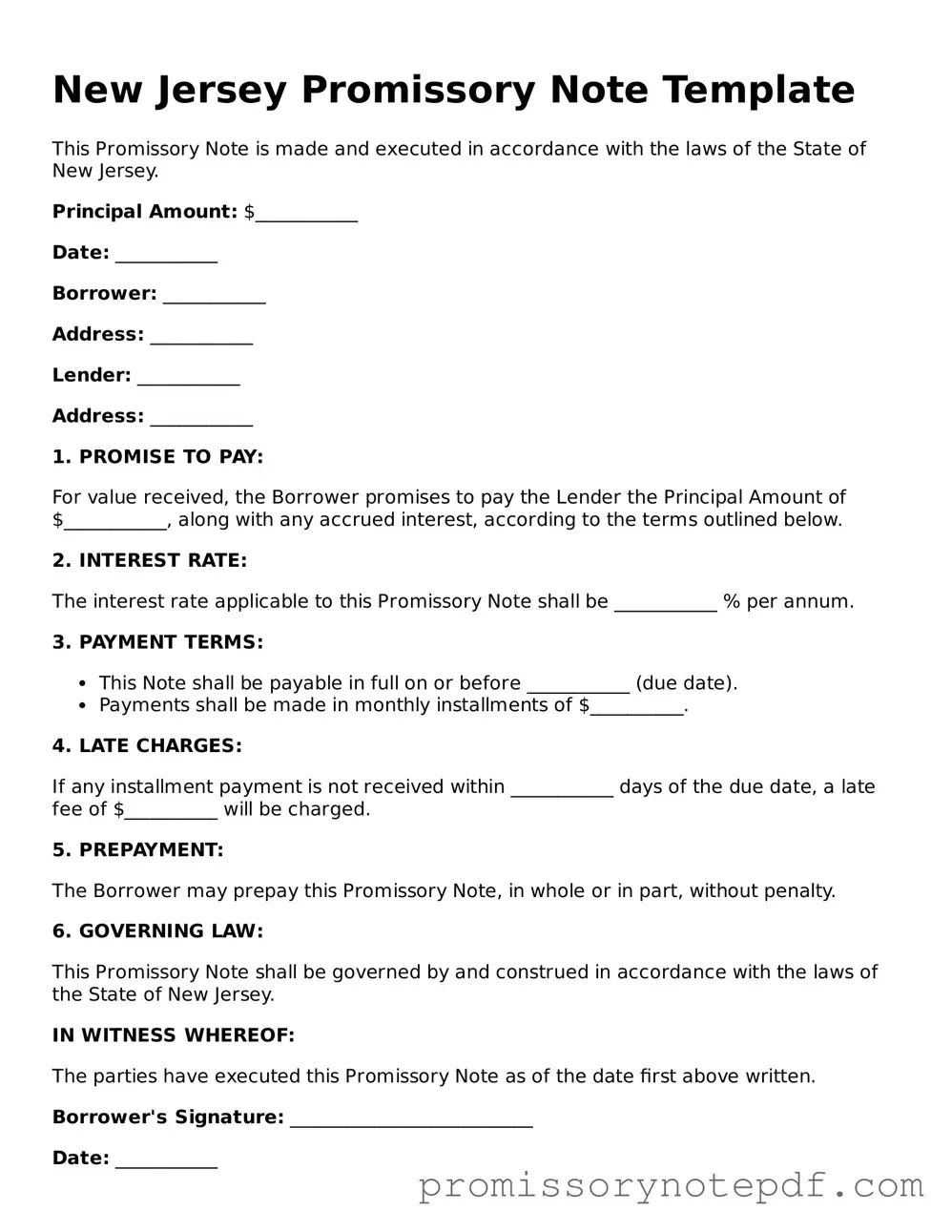Similar forms
A loan agreement is a document that outlines the terms and conditions of a loan between a lender and a borrower. Like a promissory note, it specifies the amount borrowed, the interest rate, and the repayment schedule. However, a loan agreement often includes additional details, such as collateral requirements and default consequences. Both documents serve to protect the lender's rights while ensuring that the borrower understands their obligations.
A mortgage is another document similar to a promissory note, particularly in the context of real estate transactions. A mortgage secures the loan by placing a lien on the property being purchased. While a promissory note represents the borrower's promise to repay the loan, the mortgage outlines the lender's rights to the property if the borrower defaults. Both documents work together to formalize the borrowing process in real estate transactions.
An IOU, or informal acknowledgment of debt, is a simpler document that indicates one party owes money to another. While a promissory note is a legally binding contract with specific terms, an IOU lacks the same level of detail and enforceability. However, both documents express a promise to repay a debt. An IOU may be used for smaller, informal loans, while a promissory note is more appropriate for larger, formal agreements.
A personal guarantee is a document in which an individual agrees to be personally responsible for the debt of a business or another individual. Similar to a promissory note, it creates a binding obligation to repay the debt. However, a personal guarantee often comes into play when a lender seeks additional security for a loan. Both documents emphasize the borrower's commitment to fulfilling their financial obligations.
A business loan agreement is tailored for business transactions and outlines the terms of a loan specifically for business purposes. Like a promissory note, it details the amount borrowed, interest rate, and repayment terms. However, a business loan agreement may include clauses related to the business's financial performance and use of funds. Both documents aim to protect the lender while clarifying the borrower's responsibilities in a business context.
